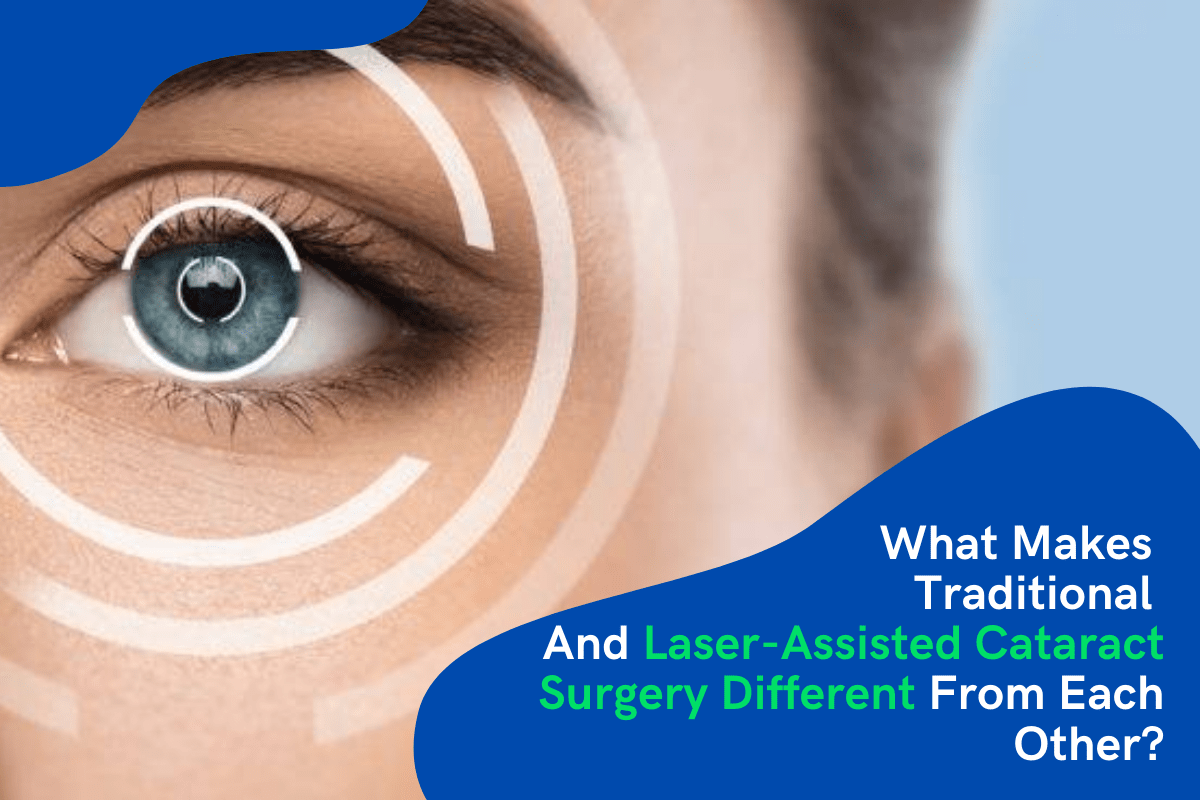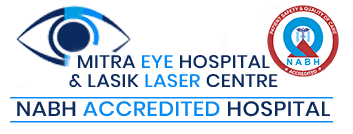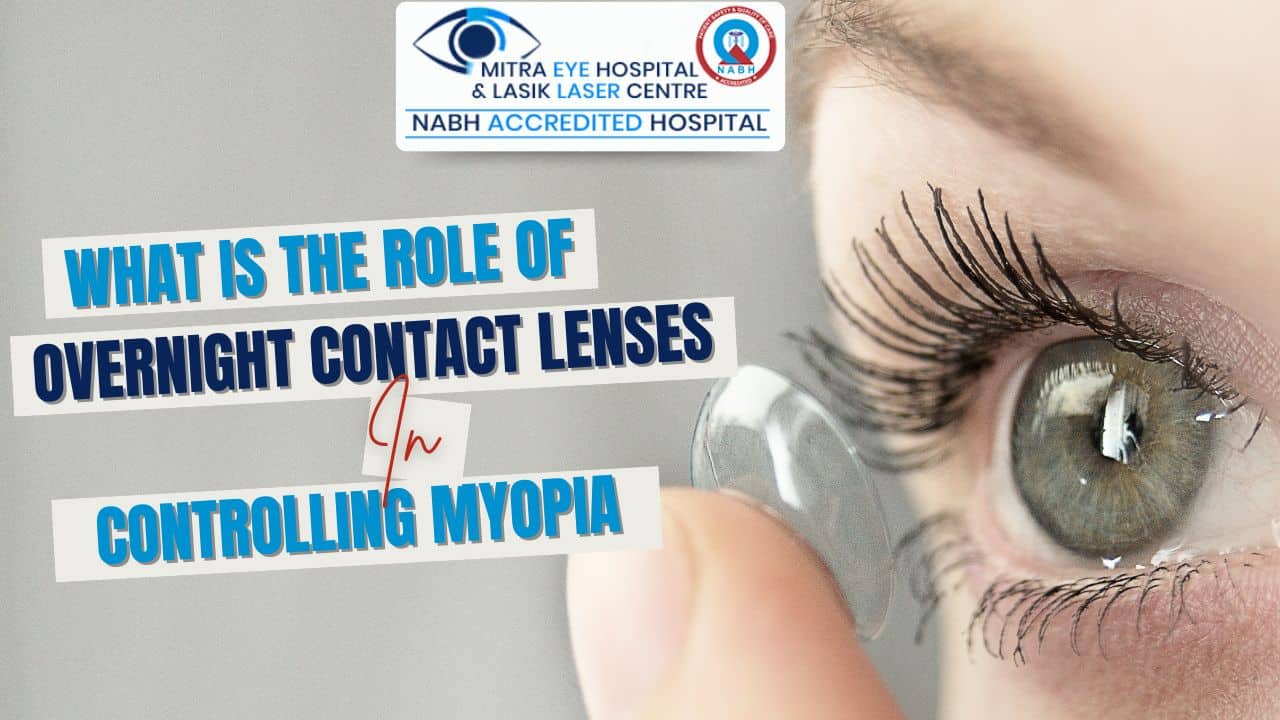
What makes Traditional and Laser-Assisted Cataract Surgery different from each other?
Are you planning to get cataract surgery?
Well! There are 2 possible options for you:
- Traditional cataract surgery
- Laser-assisted cataract surgery.
How Is Traditional Cataract Surgery Done?
Traditional cataract surgery is also known as Phacoemulsification. The surgeon will create a small incision in the cornea with hand by using a scalpel. From the opening, the surgeon will insert the instrument. It is behind the pupil where the eye’s lens sits in the capsule and a round opening is created. The surgeon will insert the pen-shaped probe through the opening. With the ultrasound, the cloudy lens will break up and take out the broken pieces. It is replaced with an artificial lens which is known as an intraocular lens (IOL). The incision heals on its own and bypasses the need for stitches.
How Is Laser-Assisted Cataract Surgery Done?
The ultrasound device or camera is placed on the eye map to see the surface and takes all the necessary information about the lens. Everything will be seen on the video monitor as the laser moves in. The location, size, and depth of incisions are checked. The laser energy will also make the cataract soft. The ultrasound breaks the lens and the pieces are taken out. The surgeon will put in the IOL and there is no need for stitches.
Who is the ideal candidate for laser-assisted cataract surgery?
Patients with the certain condition can undergo this surgery and it includes:
- During the consultation, the doctor finds that you have astigmatism
- The patient’s choice is to get the treatment with a cataract.
During the procedure, an incision is created which reshapes the cornea and the problem is addressed. In the case of a premium lens, it is also the best choice. Through the laser cataract, the lens capsule is seen properly.
Can I still get laser cataract surgery, if I am not an ideal candidate?
- Our surgeon will not suggest or ask you to get cataract surgery if you do not meet the condition.





